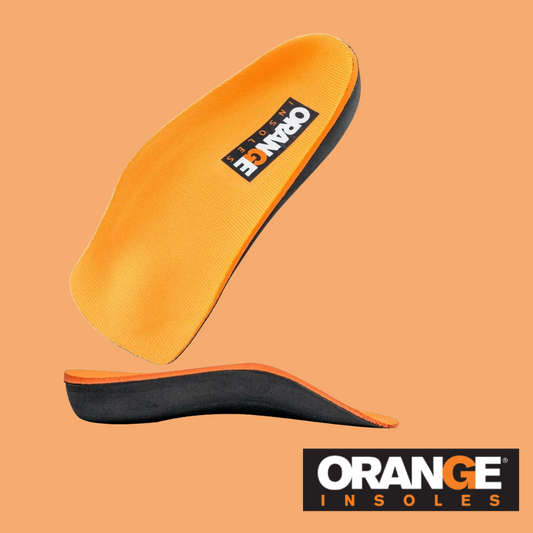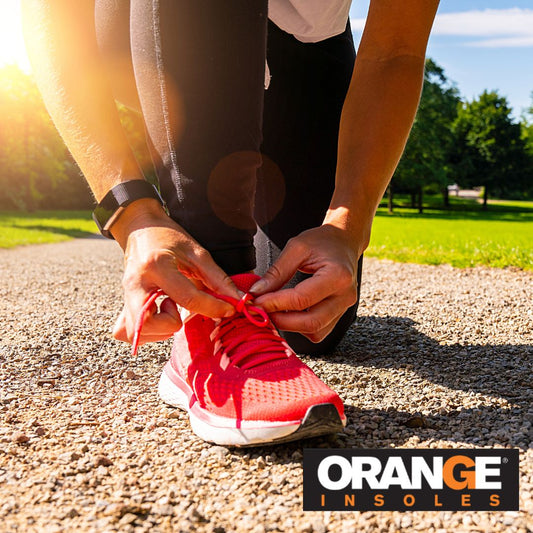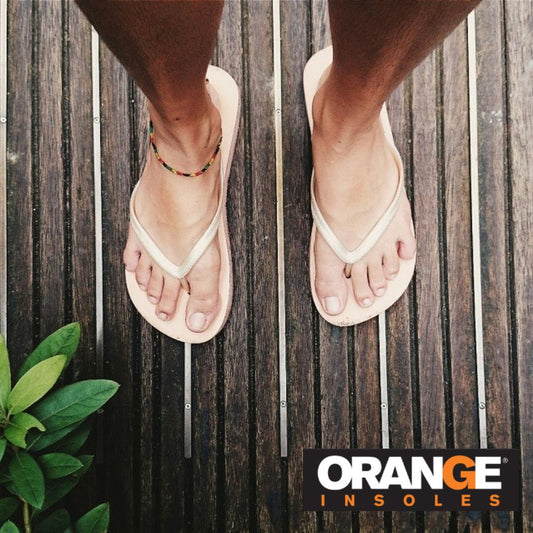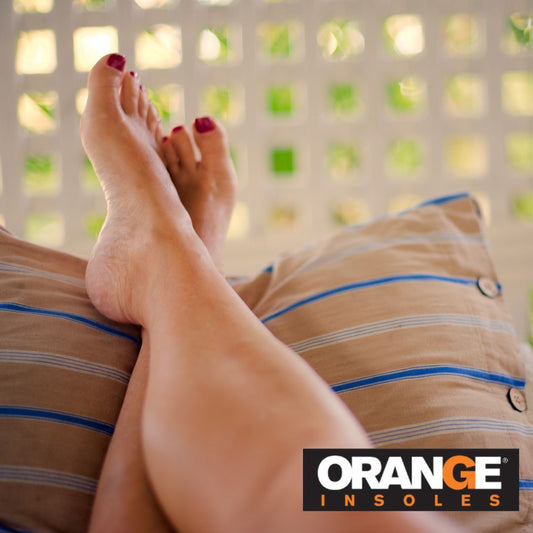If you notice that those shoes you bought last week feel a little tighter than they did when you tried them on, you’re not crazy and you don’t need to return them. It’s natural for our feet to change size over time and even day-to-day.
Let’s take a closer look at some of the reasons for these changes.
Growth & Development
Obviously our feet are going to grow as we age. That’s why it’s a little pointless to buy expensive shoes for a kid, they’ll grow out of them quickly. Growth plates in the bones of the feet allow them to lengthen and widen gradually. Most children's feet continue to grow until around age 15 for girls and age 17 for boys, but this can vary and some even experience growth spurts into their early twenties.
Aging
While our feet will stop growing when we reach a certain age and the size will plateau for a number of years, our feet might begin to change shape and size again as we age. The natural wear and tear on the ligaments and joints in our feet can lead to changes in foot size and shape. Conditions like Arthritis, for example, can affect the joints and cause deformities and size changes in the feet.
Exercise
Our feet can also experience size changes during exercise, though these changes are generally temporary. During exercise, especially high-intensity or weight-bearing activities, blood flow to the muscles and feet increases. This can cause temporary swelling in the feet and ankles. As a result, your feet may feel slightly larger or tighter in your shoes during or immediately after exercise.
This means that when you are shopping for exercise shoes, you should make sure you have room for a little swelling. They should fit comfortably and snug, but have some room, especially in the toe box area. Leave a thumb's width (about half an inch or 1.27 centimeters) of space between the tip of your longest toe (usually the big toe) and the front of the shoe, this allows for both natural movement during exercise and possible swelling.
Standing All Day
Standing for extended periods can cause your feet to swell, a condition known as "dependent edema." This swelling occurs because as you stand, gravity pulls blood and other fluids downward, causing them to accumulate in the lower parts of your body, including your feet and ankles. The accumulation of fluid in the tissues of the feet can lead to swelling and cause your feet to “grow” or at least feel bigger.
If you do have to stand all day, make sure to move around as inactivity or standing in one place can make swelling worse. Lack of movement will impede the natural pumping action of your leg muscles, which helps return blood and fluid to the upper body. When this circulation is compromised, swelling can occur.
If you know you’re buying shoes for a job where you stand all day, apply the same rules as your exercise shoes; make sure the shoes are snug and supportive but also leave a little room to accommodate natural swelling. If your shoes get too tight you risk irritation or blisters.
Poor Fitting Footwear
Wearing shoes that don’t fit correctly over an extended period can cause foot problems and potentially lead to changes in foot size and shape. Tight shoes and shoes like high heels can compress the toes and alter the natural alignment of the foot. Adding an insole to an uncomfortable shoe like a high heel can help prevent sore feet if you’re wearing them for a night but wearing high heels on a regular basis can hurt your gait and posture, so be careful!
When trying on shoes, it’s a good idea to get measured…yes, every time. Like we’ve mentioned, our daily activities or various conditions could lead to changes in your foot size, and while these might not change the size you need, it could change the type of shoes that are comfortable and supportive.
Read more: Why You Should Measure Your Feet When You Buy New Shoes
Look for shoes with:
- Wiggle room
- A snug heel fit
- Good arch support
And, when trying on shoes, consider what type of socks you’ll be wearing. If possible, bring them along when looking for shoes.
So while your feet aren’t going to go up and down multiple sizes day-to-day, they might vary enough to warrant getting your feet measured when you get a new pair of shoes. And if your shoes ever don’t offer enough support, you can add an insole and so you can feel better and do more!

























































